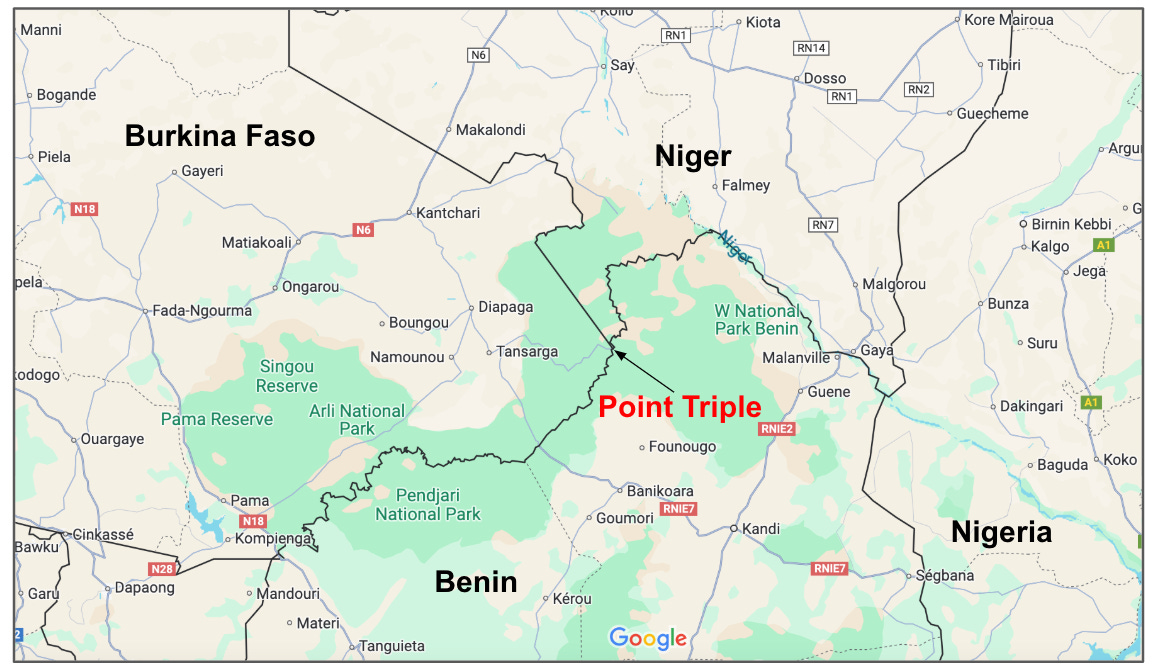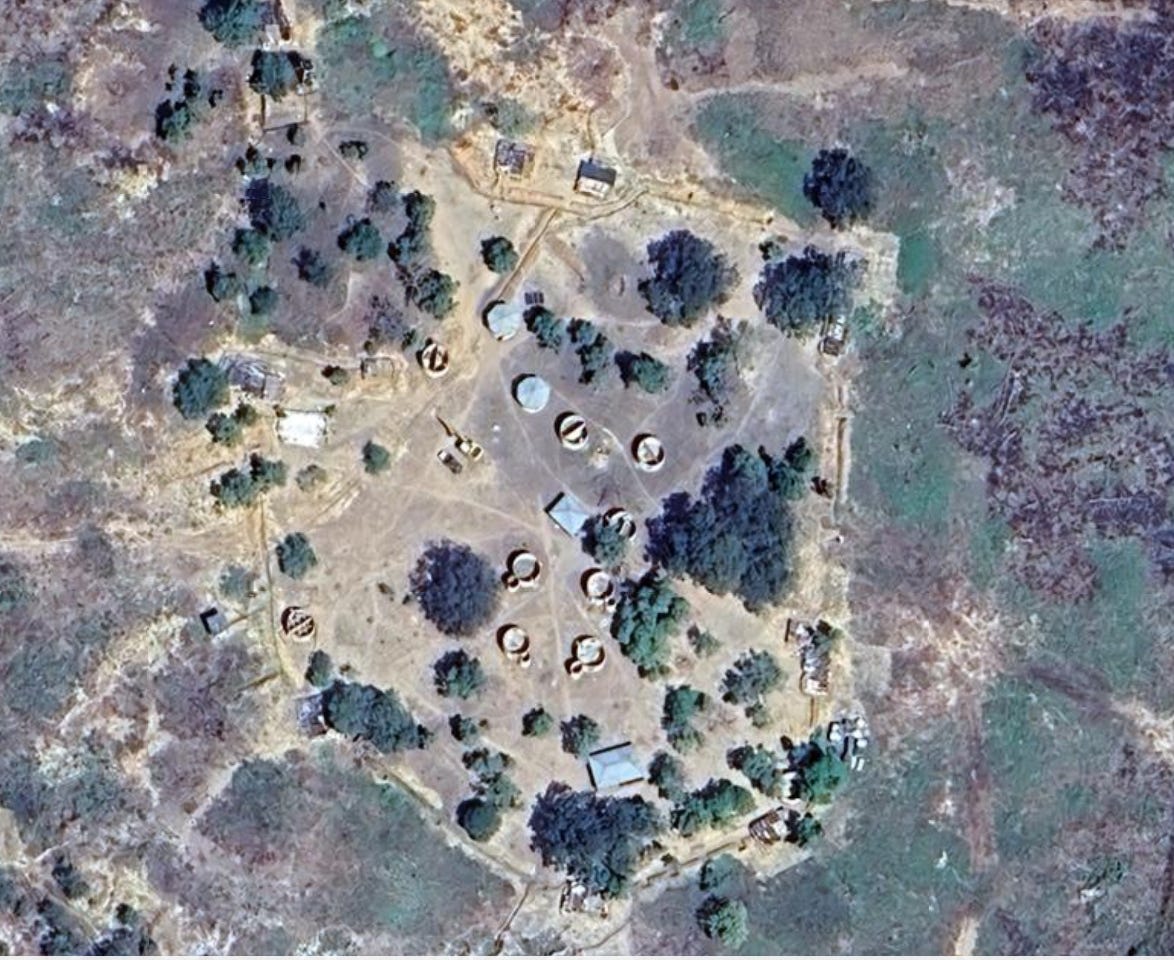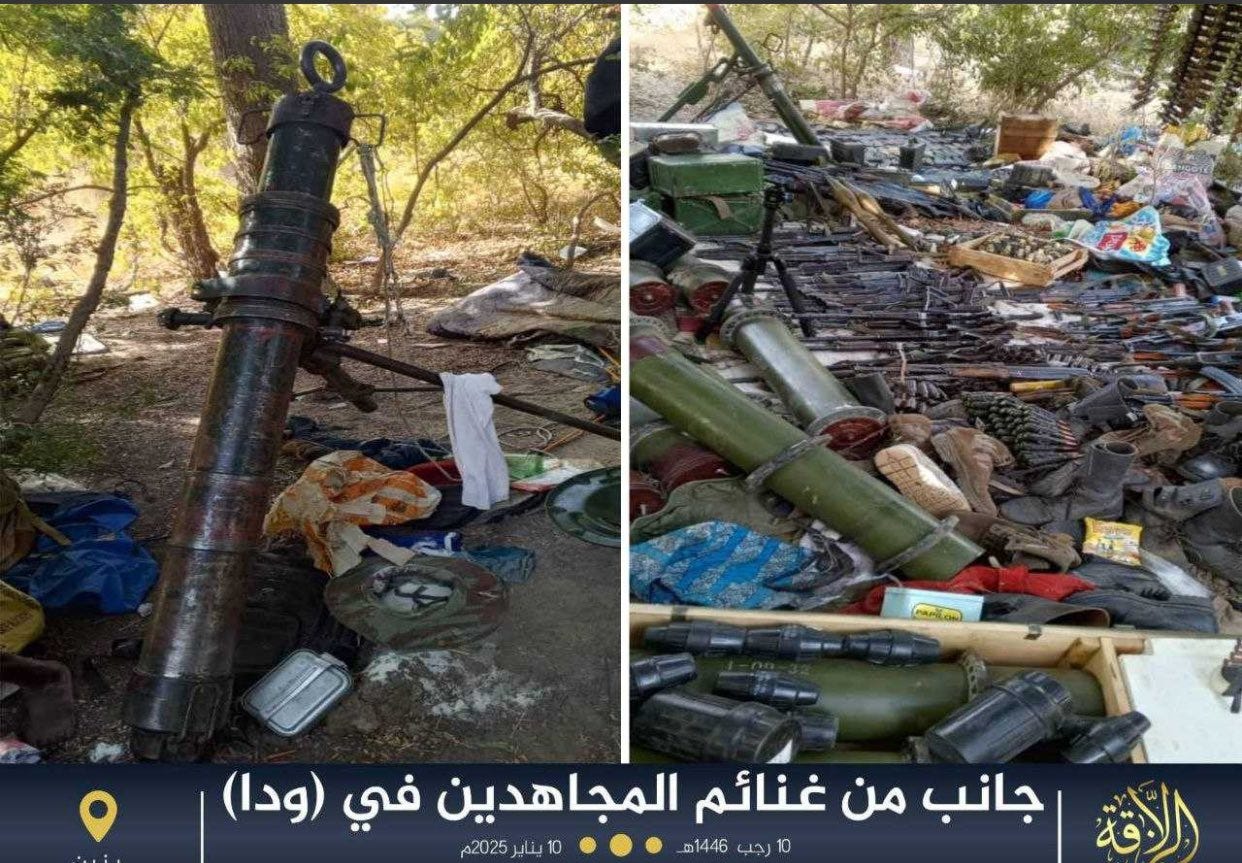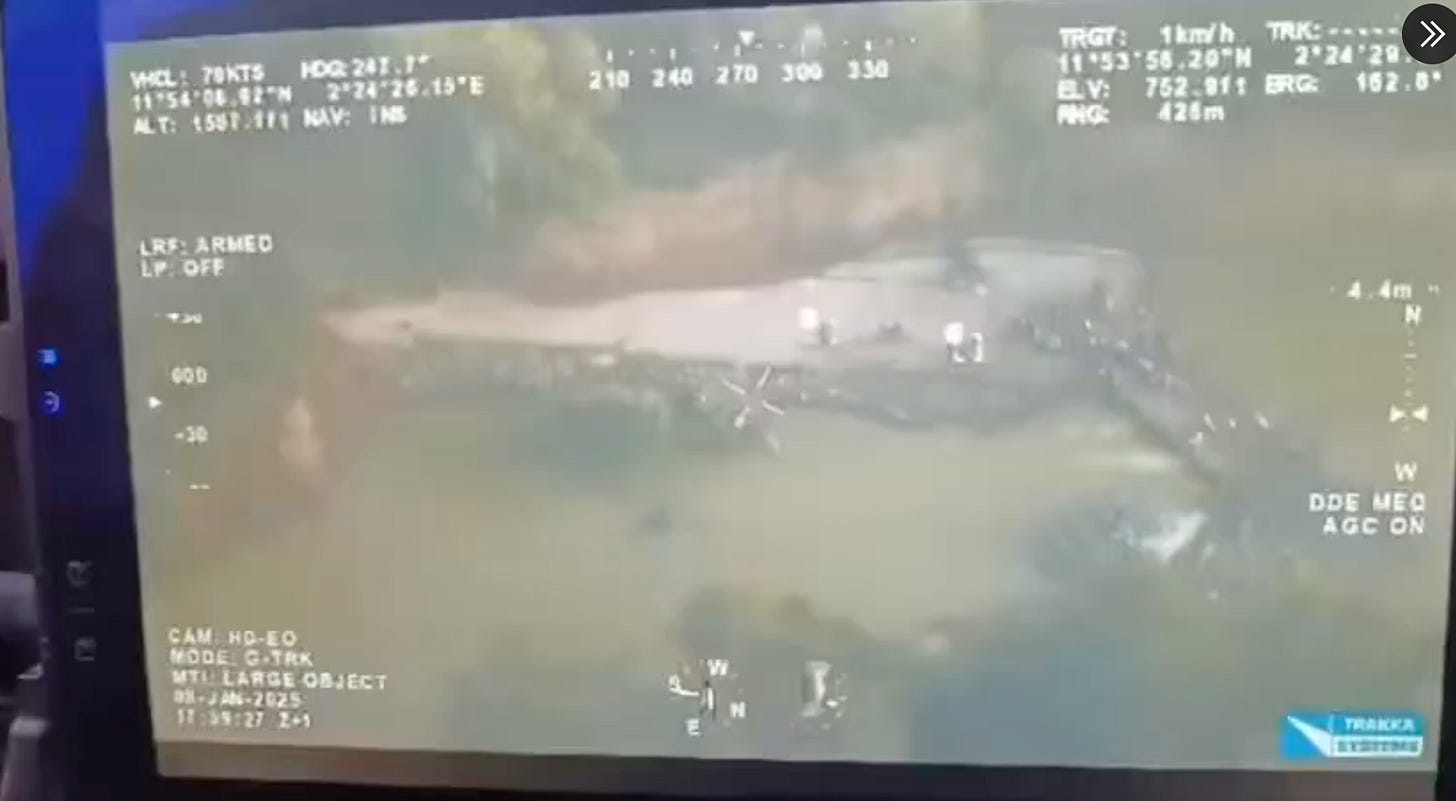Weak Defences, Devastating Losses: The Attack on Benin’s Point Triple Base
Analysis of Satellite Imagery and Footage of the Militant Attack Reveals Deficiencies at a Strategic Base
The clouds looming over Benin look increasingly heavy and foreboding. Sharing lengthy borders with Burkina Faso and Niger, two of the most impacted countries by terrorism globally, means the country is in a highly precarious position.
The existential threat facing the country devastatingly manifested itself last week, when fighters belonging to al-Qaeda’s West Africa branch, Jama’at Nusrat al-Islam wal-Muslimin (JNIM), conducted Benin’s deadliest ever terrorist attack.
The attack took place in the “Point Triple” zone, where Beninois territory converges with the borders of Burkina Faso and Niger. This area also houses what is reportedly one of northern Benin’s most well-furnished military positions.
At least 28 soldiers were killed in Wednesday’s attack, though some estimates, including from a report released by JNIM, suggest the number of fatalities could be over 30.
The incident marks a dark chapter in Benin’s recent history and deals a serious blow to its counterterrorism efforts.
The base is found in the infamous W Park, which straddles Benin, Burkina Faso, and Niger. Over the past several years, this vast nature reserve has served as an entry point for violent extremists to expand into Beninoise territory.
Since suffering its first terrorist attack in 2021, the country has seemingly diverted huge amounts of resources toward protecting its borders from violent extremists.
Despite this, satellite imagery of the Point Triple base, captured in November 2024, does not reveal levels of fortification that one would expect from a military installation on the edge of one of the world’s most insecure regions.
Indeed, with few obvious defensive fortifications beyond shallow trenches, the base appears highly susceptible to attack in an area rife with militant activity.
Purported footage from the assault, showing a significant portion of the base’s perimeter unprotected by physical impediments such as walls, wires, or fences, further highlights its vulnerability.

An excavator visible in this footage suggests construction has recently been ongoing at the base. However, serious questions arise as to why one of Benin’s most well-equipped installations has so few physical defensive measures, particularly as the country’s counterterrorism campaign has been ongoing for several years.
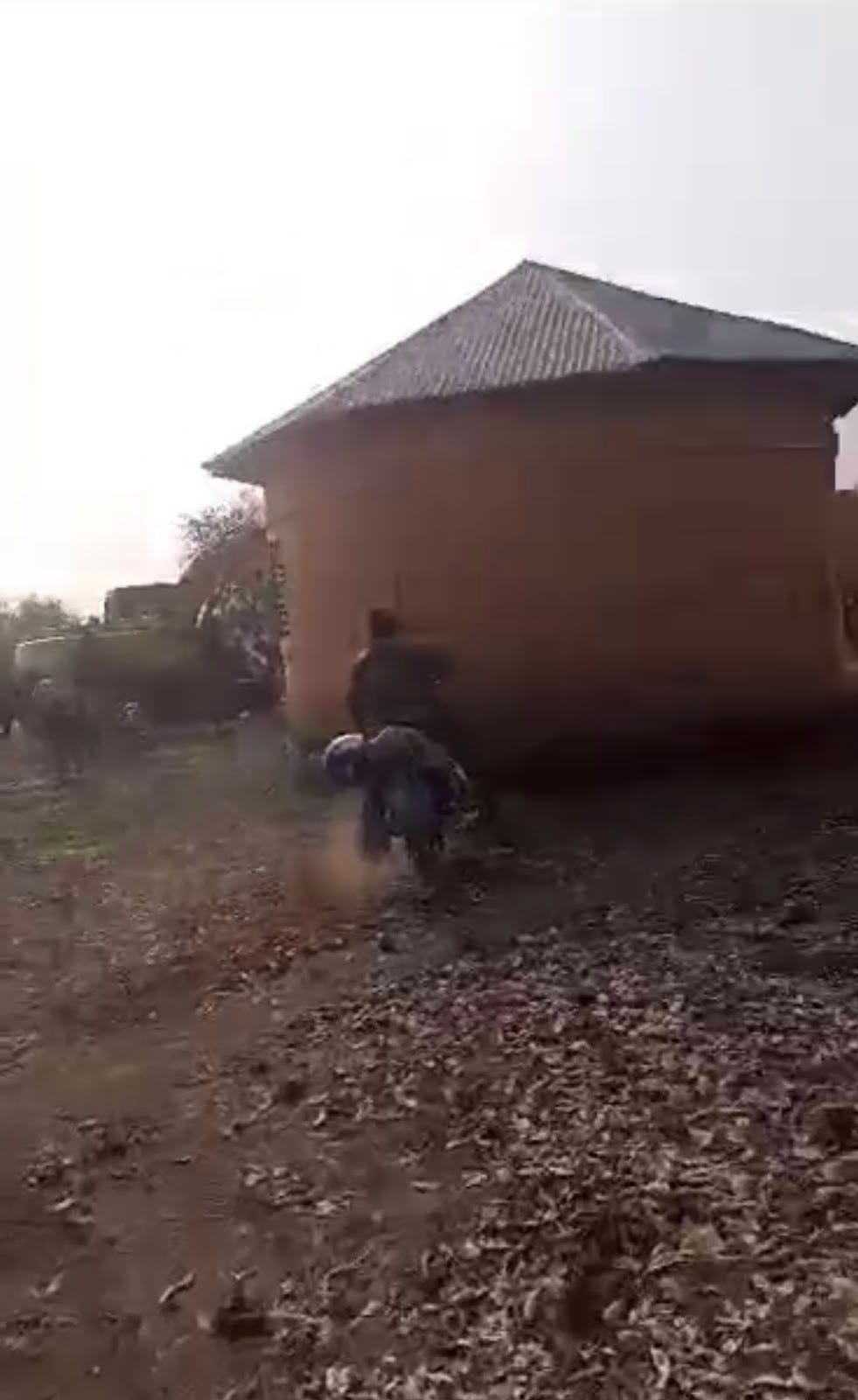
The significant number of casualties, coupled with the extensive array of rockets, mortars, machine guns, and ammunition seized by JNIM, suggests the base was not severely lacking personnel or firepower - reiterating that insufficient defensive infrastructure likely played a central role in this grave outcome.
In its many significant attacks across the region, JNIM has demonstrated an ability to overrun countless military bases. But the recent incident remains a tragedy nonetheless, one that was potentially avoidable.
Subsequent counter-operations against militants in W Park have been well-publicised by the military, but it will know best that much more needs to be done to prevent jihadists from encroaching deeper into Benin and inflicting further catastrophic losses.
This disastrous event must serve as a wake-up call for Benin, as well as its security partners. Failure to swiftly rectify some of the military’s apparent deficiencies could lead attacks of this magnitude to soon become the norm, rather than an outlier.



